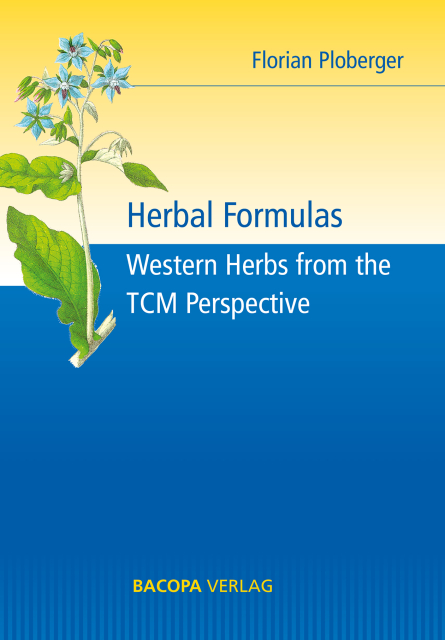Herbal Formulas - Western Herbs from the TCM Perspective
Von Florian Ploberger (Autor/in)., Ursula Derx (Übersetzer/in). | 450 Seiten | Erschienen: 06. 02. 2019 | ISBN: 9783902735980 | 1.Auflage
ACHTUNG: Wenn Sie aus Deutschland bestellen, steht zwar in unserem Shop, dass Versandkosten berechnet werden, werden aber nicht verrechnet.
A painting of each plant
Herbal formulas by symptoms categorised in 20 groups
Detailed description how the herbal formula is compounded
This book serves as an important source of information both for beginners and for experienced therapists.
Translator: Ursula Derx
450 pages, many coloured pictures, hardback
Minister herb (Chen)
Messenger herb (Zuo)
Adjutant herb (Shi)
They are easily available and often less expensive than Chinese herbs.
They can be grown in a controlled way.
The legal approval is regulated.
After diagnosis consultation with the physician to gather the patients history as well as tongue diagnosis and pulse diagnosis they can be applied precisely according to TCM criteria.
With warm regards,
Vienna, in summer of the Earth Dog year 2018
Herbal formulas for external Wind Heat
Herbal formula that clears Heat in the Qi Level
Herbal formula that clears Heat from the organs
Herbal formulas that clear Heat and relieve Toxicity
Herbal formula that drains downward
Herbal formulas that have a harmonising effect.
Herbal formulas that promote urination and treat Dampness
Herbal formulas that treat Damp Heat
Herbal formula that dispels Wind Dampness
Herbal formulas that tonify the Qi
Herbal formulas that tonify the Blood
Herbal formula that tonifies the Qi and the Blood
Herbal formulas that nourish the Yin
Herbal formulas that tonify the Yang
Herbal formula that promotes the Qi flow
Herbal formulas that stimulate the blood circulation
Herbal formulas that calm the mind
Herbal formula that calm Internal Wind
Herbal formula that cures Food Stagnations
| Verlag | [Firma Bacopa Verlag] |
|---|---|
| ISBN | 9783902735980 |
| Auflage | 1 |
| Sprache(n) |
Englisch |
| Ausführung |
Gebunden |
| Erschienen | 2019 |
| Seitenzahl | 450 |
| Cover |
Hardcover |
Autor/in | Florian Ploberger (Autor/in) , Ursula Derx (Übersetzer/in) |

